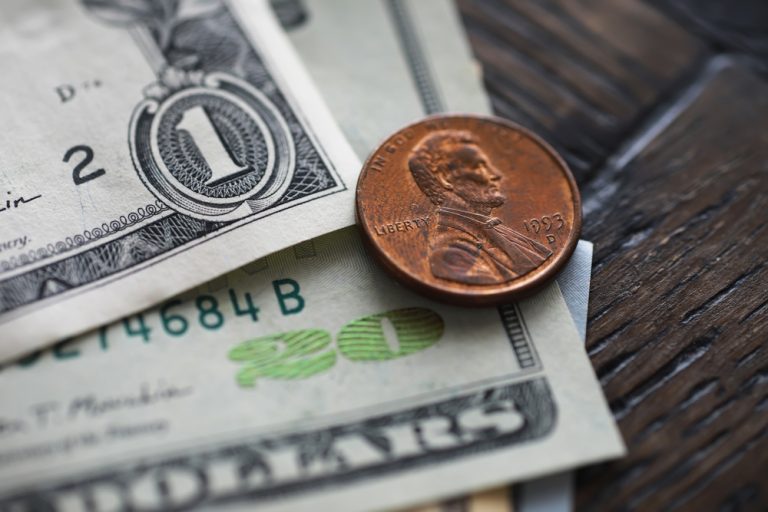Weak currency boosts exports but raises inflation fears
The U.S. dollar has plummeted more than 10% in value over the past six months, marking its steepest first-half drop since the Dollar Index was created in 1973. The decline coincides with President Donald Trump’s full rollout of his economic agenda, including sweeping tax cuts and aggressive tariffs aimed at bolstering domestic industry and exports.
On Friday, Trump signed the One Big Beautiful Bill Act, a budget package that extends 2017 tax cuts and introduces new spending measures. Analysts warn the legislation could significantly inflate the national deficit, compounding existing investor concerns. Additionally, a 90-day pause on reciprocal tariffs will expire this week, and nations without trade deals may face steeper levies.
“The dollar is depreciating because global investors are less confident in the United States providing stable policies,” said Ryan Monarch, economics professor at Syracuse University. He cited concerns over debt, tariffs, and inflation as key drivers of the decline. Ryan Sweet of Oxford Economics added that tariffs will likely slow U.S. economic growth and reduce the appeal of dollar-denominated assets.
Risks to reserve status and consumer power
The weakening dollar may benefit U.S. exporters by making American goods cheaper abroad, but it comes at a cost. Imports become more expensive, raising inflation and eroding consumer purchasing power. Travel abroad also becomes pricier for Americans. Sweet warned that the depreciating dollar may cause nonfuel import prices to rise and amplify the inflationary impact of tariffs this summer.
Experts also raised concerns about the dollar’s long-standing role as the world’s reserve currency. Peter Simon, professor at Northeastern University, said that growing skepticism about U.S. fiscal policy is pushing global investors toward alternatives like the euro and yuan. While the dollar still comprises about 60% of global foreign exchange reserves, some economists believe a multi-currency reserve basket could eventually rival its dominance.
Strategic divide in Washington
Within the Trump administration, views on the dollar’s strength vary. Treasury Secretary Scott Bessent has voiced support for maintaining the dollar’s reserve status, while other senior officials, including Council of Economic Advisers Chair Stephen Miran, have criticized the strong dollar for handicapping U.S. exports and manufacturing.
Trump has echoed both perspectives, publicly vowing to preserve the dollar’s global primacy while threatening 100% tariffs on BRICS nations if they pursue an alternative reserve currency. Nonetheless, economists like Monarch suggest that the dollar’s current trajectory could strengthen global calls for reserve diversification.
Outlook: more pressure ahead
Economists expect the dollar to remain under pressure throughout 2025. Sweet forecasts short-term stabilization, followed by further depreciation due to slow growth and rising debt. Monarch added that unresolved trade negotiations, elevated spending, and the unknown effects of tariffs on inflation will continue to weigh on the currency’s future.


